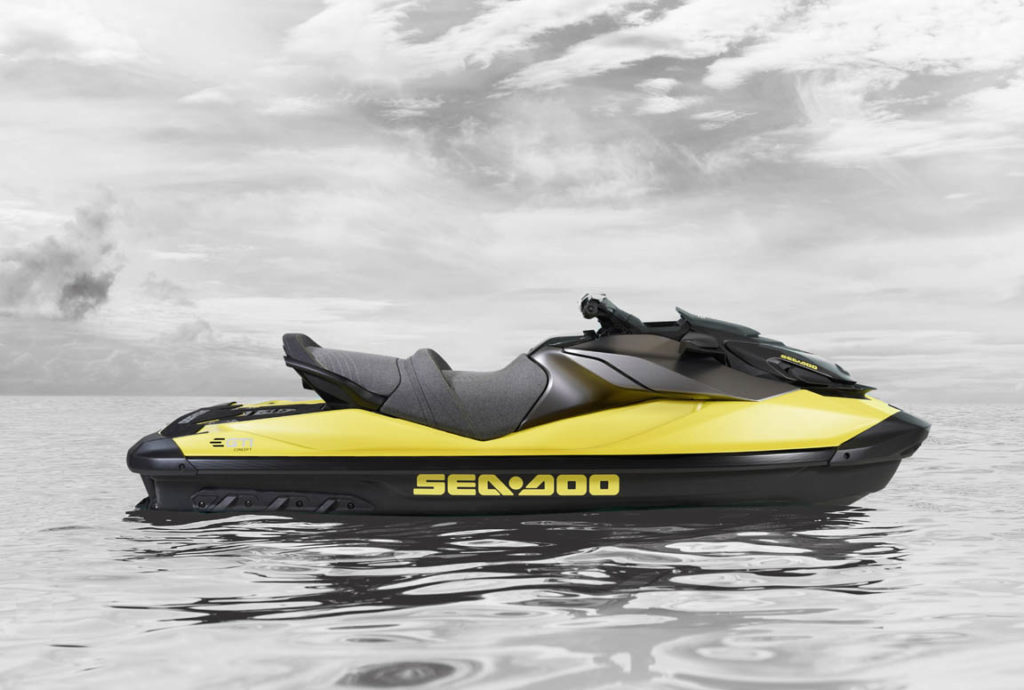Sea-Doo manufacturer BRP Inc announced on Thursday that the company intends to electrify its entire Powersports product lineup – including Sea-Doo personal watercraft, Ski-Doo snowmobiles and Ryker three-wheel sportbikes – by the year 2026.
What’s more, the first of these new electric models are expected to hit the market within the next two years.
The Valcourt, Quebec-based company said it would invest $300 million toward achieving its electrification goal. Part of that investment will go toward creating an Electric Vehicle Development Centre in Valcourt to develop battery packs and charging equipment, along with building a second development centre at its existing Rotax engine plant in Gunskirchen, Austria, to develop the high-performance electric motor.
“We have always said electrification was not a question of “if,” but “when,” and we have been working hard to define the best strategy for our electric technology,” said BRP president and CEO, José Boisjoli. “While our current product portfolio is very strong and exciting, our objective is to expand our offering with electric options in order to attract new customers.”
The new electric Sea-Doos, snowmobiles and bikes will use a common modular electric powerpack currently under development. Boisjoli said that production of the new electric Sea-Doos will take place in parallel with existing gasoline-powered models at the company’s watercraft plant in Santiago de Querétaro, Mexico.
Boisjoli further noted that because the Mexico plant is already running at full capacity, BRP has embarked on a major facility expansion to accommodate the increased production. Construction crews broke ground there in July 2020, with a goal of having the new extension up and running by the end of 2021. “This will provide us with an additional 30% production capacity for personal watercraft,” said Boisjoli. “The plan is to assemble the electric product on the same line where we are assembling Sea-Doos with internal combustion engines, with those lines to be upgraded one at a time to assemble the electric vehicles.”
On a call with bank analysts, Boisjoli described the move toward electrifying its product lineup as “a natural progression” in BRP’s plan to grow its share of the global personal watercraft and powersports markets. Transitioning toward electric PWCs, he says, is just another step on that path.
In releasing its 2020 fourth-quarter and full-year financial results on Thursday, BRP said that Sea-Doo sales for 2020 increased by 7% over the previous year, in spite of the Mexico plant having been shut down for two full months as a result of the Covid-19 pandemic. According to Boisjoli, approximately half of all Sea-Doos sold in 2020 were purchased by first-time buyers. ”They are typically younger, with a higher ratio of women,” he said. “Our dealers confirm that these are different customers than they’ve seen.”
BRP’s move toward electric watercraft, he said, is rooted in building on that momentum and attracting even more new business. “The whole strategy around electrification is to attract new customers,” said Boisjoli. “There is a question of whether this move to electric will cannibalize sales of the gas-powered product. To that, I would say that I would rather have those sales cannibalized by us than by someone else. So that’s why we are going electric.”







